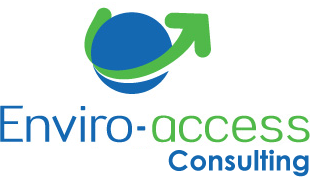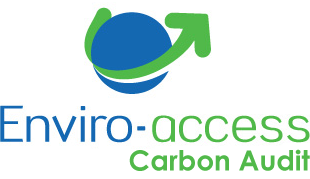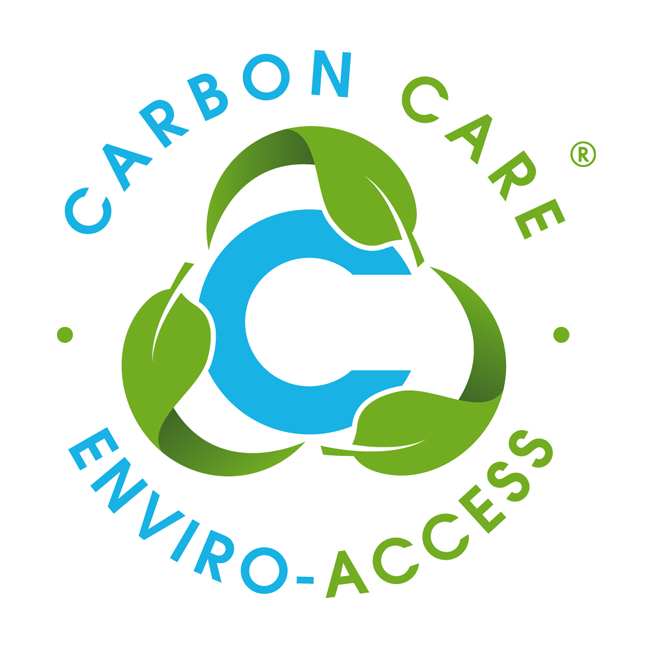Description of the technology
Amphibex is an amphibious excavator, well-adapted to work in all kinds of marine environments. It can be used to remove debris and sediments from river-beds and lakes, or to prepare for the installation of submerged piping infrastructure. It is especially suited to the decontamination and engineering needs of government, local communities, private promoters and industry.
Its year-round capabilities make Amphibex useful for ice-breaking and averting ice jams, whether as a preventive or emergency measure. During thaw periods, danger to riverside populations, infrastructure and industry can thus be avoided.
Developed in Quebec by Normrock Industries Inc., Amphibex can handle the most arduous conditions: hard-to-reach sites, shallow waters, strong currents, marine beds full of obstacles, rough coastlines, ice-bound waterways and so on.
Depending on the work to be done, Amphibex can be equipped with a bucket for mechanical dredging, a rake for debris removal or a jackhammer for breaking up large objects. In addition, a hydraulic pumping bucket increases the equipment’s efficiency by allowing a greater percentage of solids to be pumped in the form of slurry. The pumps are fed continuously by means of auger-cutter heads. Its standard tool-arms enable Amphibex to work in water depths of up to 6.5 m.
Performance
Amphibex ‘s excavating capacity depends upon site characteristics, the type and density of materials needing removal, the quantity of debris encountered, pumping distance and the tool-arms used.
The average removal rate with mechanical dredging is about 50 m3/hr, with a work cycle of less than one minute. In the case of hydraulic dredging, the performance with heavy matter depends on the distance between the pumps and the sediments being removed, as well as the nature of these sediments. For instance, when cleaning the bed of the Welland River in the Niagara region of Ontario, removal rate for metallic residues varied from 13 to 40 m3/hr, while an average of 70 m3/hr was achieved for dredging in sand and above 100 m3/hr for sludge.
Limitations
While no dock is required to launch Amphibex , it is helpful to have an accessible landing point. The work radius of the tool-arms provided with the machine is 7.9 m; sediments can be pumped from an underwater depth of 6.5 m. The maximum weight that the Amphibex tool-arms can lift is about 3.5 metric tons.
Installation and operation
The dimensions of Amphibex are such that it can be transported on a flat-bed. Once it as arrived, the excavator can climb down from the platform and move to the work-site under its own power. Its modes of locomotion are crawling (thanks to its stabilizers and hydraulic arms), sliding, floating or propulsion.
The machine can work under diverse conditions, with a variety of tools. When, for example, abundant bottom debris is encountered, a rake is installed on the hydraulic excavating arm to screen the sediments being extracted.
Amphibex can gather slurries containing more than 45% solids, thanks to the pumps on its submerged bucket. In this context, it is worth mentioning that the solid content of sands varies between 40 and 50%.
The imbalancing effect of currents is countered by the action of two side-mounted stabilizers. Amphibex also maintains its working position with pivoting stabilizers which act as anchors in the river-bed.
Amphibex’s on-water speed is about eight knots. It requires a minimum depth of 45 cm to float. When there is less than this, near shorelines or in shallow places, Amphibex uses its other means of locomotion to advance slowly.
The project’s promoters are responsible for the recovery and storage of sludges and sediments removed by Amphibex , and their subsequent transfer to appropriate sites.
Amphibex is normally equipped with a Detroit series-40 diesel motor; this may be replaced by a Volvo motor or other, as desired by the client. The pump bucket is equipped with Volvo hydraulic motors. Contrary to conventional excavators, each of Amphibex ‘s main hydraulic functions has its own pump, making it more powerful and precise.
Any dredging process necessarily disturbs the marine environment and results in a certain degree of sediment resuspension. With Amphibex , this problem is reduced by the pumping system, which picks up a large part of the displaced particles. The environmental impact of marine works is also minimized by the small size of this equipment, as well as its low level of noise, flexibility of use and ability to work in shallow water. Pollution due to oil leakage is reduced by only using totally biodegradable lubricants.
Costs
For example excavation contracts undertaken by Normrock Industries Inc., total costs to dredge 20,000 m3 of sediment can vary between $100,000 and $200,000 in the case of recovery of non-contaminated sludges and between $300,000 and $400,000 for contaminated sediments. These sums include rental and transport of the machine, site set-up and clean-up. Various precautions and additional procedures involved with contaminated sediments can slow down a project and raise its costs.
Information
The Amphibex excavator can be purchased from Normrock Industries Inc., who also offer their services on a contract basis for various types of excavation and dredging work with this equipment.
Amphibex was designed and developed in 1993 and 1994 by Normrock Industries Inc. with financial support from Environment Canada and the Ministère de l’Environnement du Québec. Approximately $1.5 million were invested in R&D. The machine was put on the market in Canada in 1994 and has been in steady use since then.
Two major dredging projects in Ontario deserve mention, one at Bluffer Park in carborough, the other on the Welland River. In the first project, Amphibex was used to remove 35,000 m3 of silty sand build-up from the mouth of a stormwater outfall; in the second, 10,000 m3 of industrial metallurgical residues were taken from the river-bed.
Amphibex has also been called on to break up ice jams, in places such as Chateauguay and Ottawa (Canada), and Fort Fairfield, Maine.
Contacts
Les Industries Normrock inc.
M. Norman Grant, Président
3360, boul. des Entreprises
Terrebonne, Québec, J6X 4J8
Phone : (450) 477-5132
Phone : 1-800-830-9080
Fax : (450) 477-2020
Email : ngrant@amphibex.com
Web site : http://www.amphibex.com















